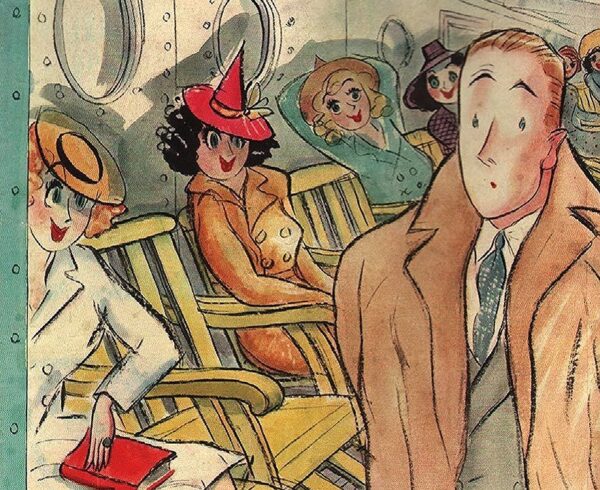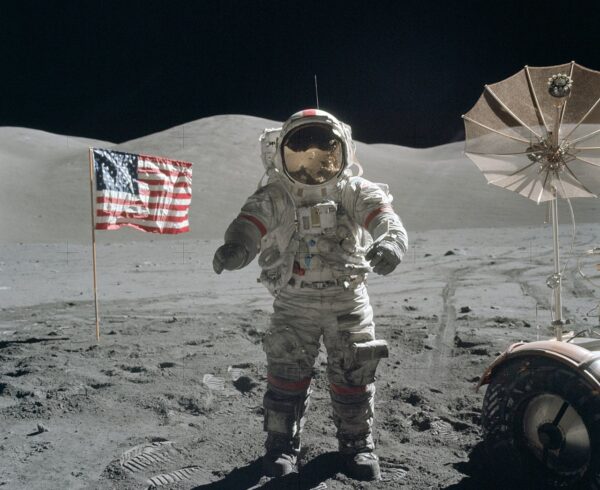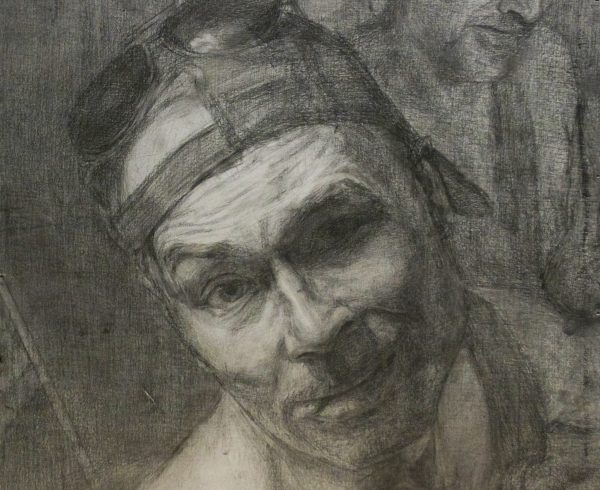The other day I shared with you a story about the upcoming auction at Christie’s where you will have the opportunity to buy such remnants of history as keys from the Titanic, a life-preserver from the Lusitania and a piece of Queen Victoria’s wedding cake. John Wayne’s Stetson, Errol Flynn’s cape, Churchill’s imitation leopard skin muff, and Queen Victoria’s nightgown are among the clothing items also listed for sale. We live in a time when the clothing of celebrities and historic figures is the subject of museum exhibitions and sells for big money. It’s a little reminiscent of the trade and veneration of religious relics, but instead of valuing the remains or possessions of someone with great faith, we value those of someone with style, prestige, power or money.
When Cary Grant died, his family disposed of his clothing in a way that now seems unusual enough for a story in the Wall Street Journal. You might have once brushed up against one of his overcoats in a most unexpected place.
The Strange Journey of Cary Grant’s Suits.
By Christina Binkley
About eight years ago on a chilly evening, a homeless man on the beach here was handed a cashmere-wool blend overcoat that formerly belonged to Cary Grant. The man wasn’t told of the coat’s provenance, so he didn’t know he had received one of the last items remaining from the wardrobe of one of Hollywood’s best-dressed legends.
Jennifer Grant, Mr. Grant’s only child, offered the coat to a stranger she had noticed shivering on the beach. “I wasn’t comfortable keeping it,” she says. “He could really use it.” The only indication of the coat’s previous owner: an embroidered inscription inside. “Dad, I love you. Jennifer.”
Here’s the rest of the story.











